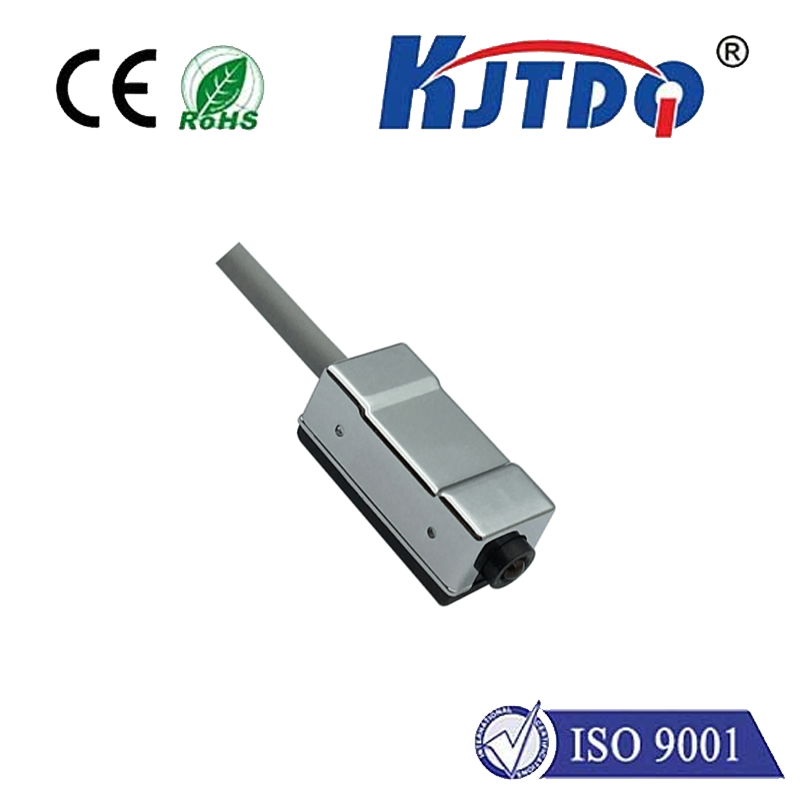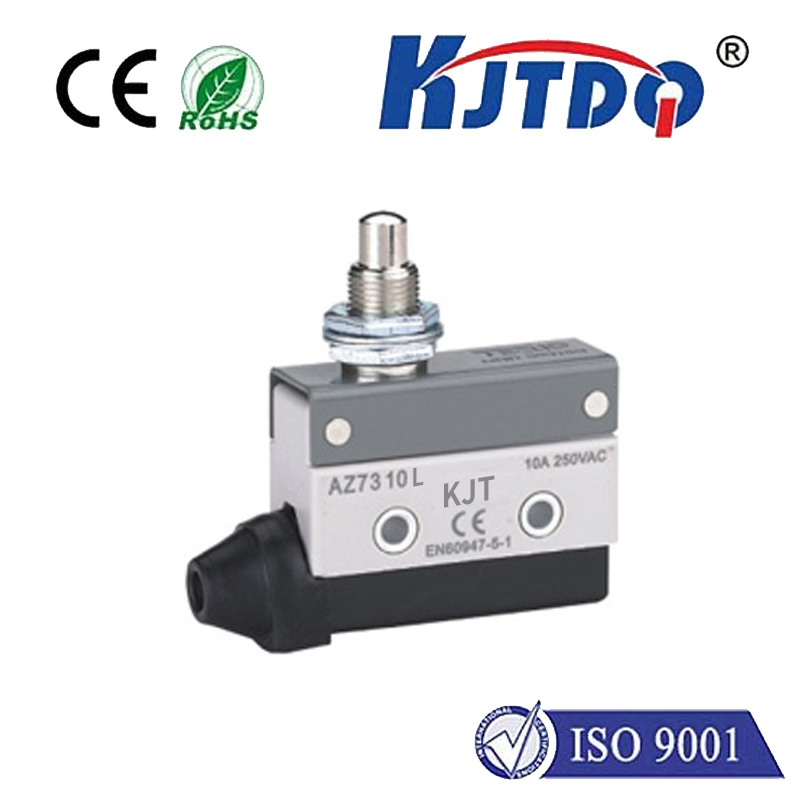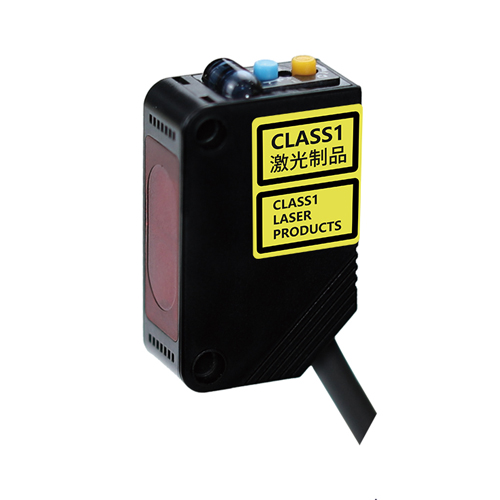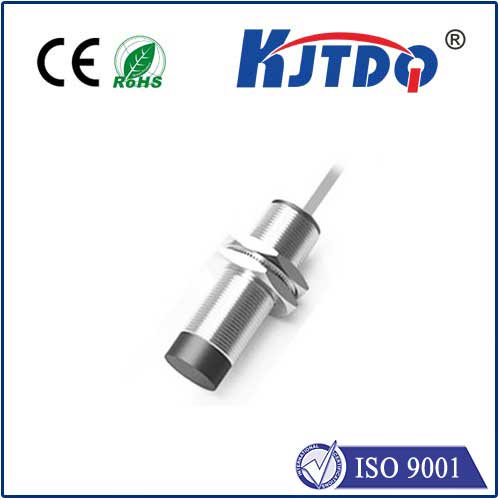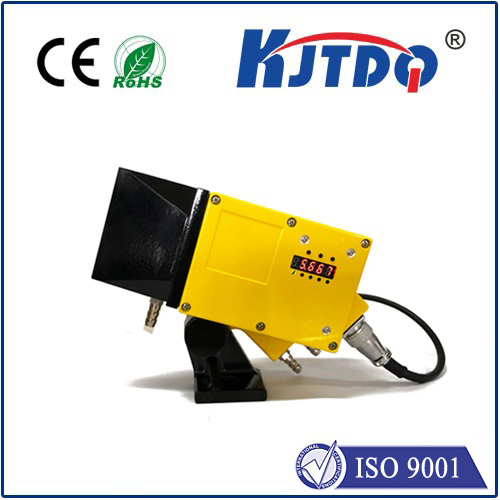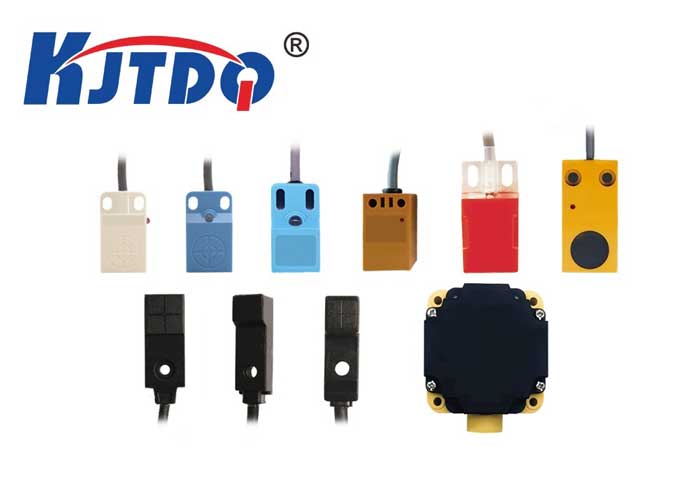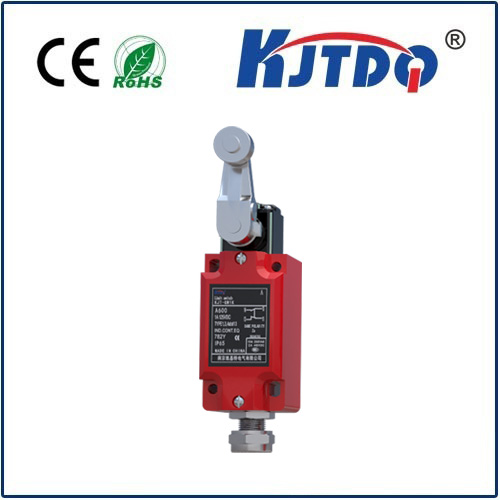

check

check

check

check

check

check

check

check

check

check
Title: Unlocking the Power of Fan High Limit Switch for Efficient Energy Efficiency
As we delve into the realm of technological advancements, it's imperative to understand how small but mighty components like fan high limit switches play a significant role in optimizing energy efficiency. In this article, we'll explore the intricate workings of these switches and their impact on the overall performance of fans and HVAC systems.
Fan High Limit Switch: An Overview
A fan high limit switch is a mechanical or electronic device that prevents a fan from running beyond a specified speed. It acts as a safety mechanism to prevent damage to the fan, its motor, or other components of the system. These switches are commonly found in industrial, commercial, and residential settings, particularly in HVAC systems where they help maintain optimal temperature and humidity levels.
Types of Fan High Limit Switches
There are two main types of fan high limit switches: mechanical and electronic.
1. Mechanical Switches:
These switches use a simple gear mechanism to restrict fan rotation based on user-set speed limits. The gear mechanism can be operated manually or electrically, depending on the application. While manual switches offer greater control over airflow, they may not be as reliable as their electronic counterparts.
2. Electronic Switches:
Electronic fan high limit switches use advanced technologies like pulse width modulation (PWM) to regulate fan speeds accurately. These switches offer precise control over airflow and are highly reliable, making them a popular choice in modern HVAC systems. They can also be programmed to operate during specific hours, further enhancing energy efficiency.
Impact on Energy Efficiency
The primary objective of a fan high limit switch is to maintain optimal system performance by preventing overspeeding of the fan. This ensures that the fan remains efficient, reducing energy consumption and ultimately lowering utility bills. By limiting fan speeds, these switches promote better airflow distribution within the system, leading to improved indoor air quality.
Moreover, fan high limit switches can help extend the life of your HVAC system by preventing premature wear and tear on components such as belts, bearings, and motors. This results in reduced maintenance costs and longer system lifespans.
In addition, electronic fan high limit switches offer greater flexibility in controlling fan speeds, allowing users to adjust airflow according to their preferences. For instance, during peak hours when there is more demand for cooling, an electronic switch can be programmed to increase airflow to maintain comfortable temperatures quickly. This dynamic approach ensures that your HVAC system runs smoothly while minimizing energy consumption.
Conclusion
Fan high limit switches play a crucial role in maintaining optimal system performance and promoting energy efficiency. Whether you opt for a mechanical or electronic switch, understanding their functions and how they impact your HVAC system is essential for maximizing energy savings and improving indoor comfort. So next time you encounter one of these devices in your home or workplace, take a moment to appreciate its significance in ensuring sustainable living practices.
